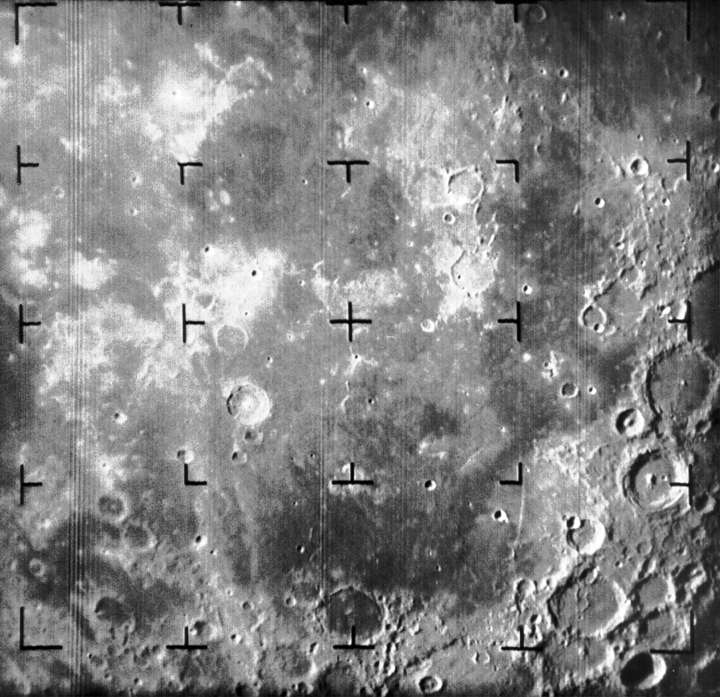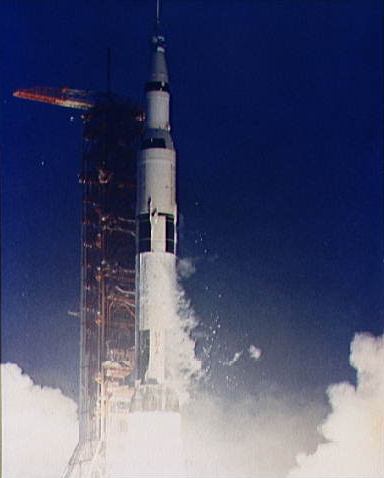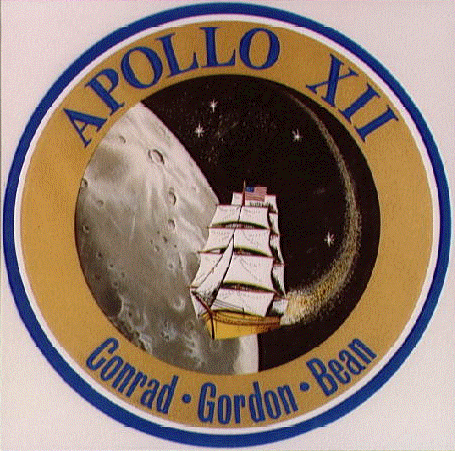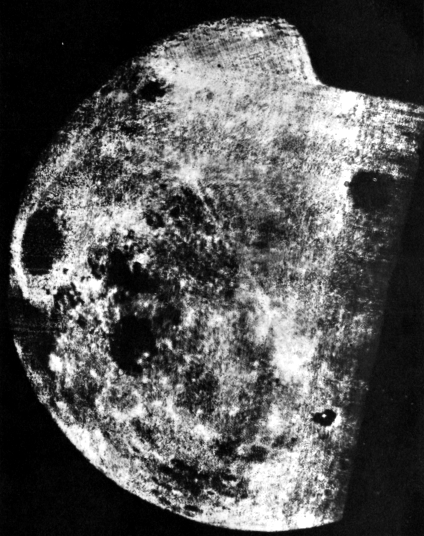(Cross-posted from the Space Warfare Forum.)
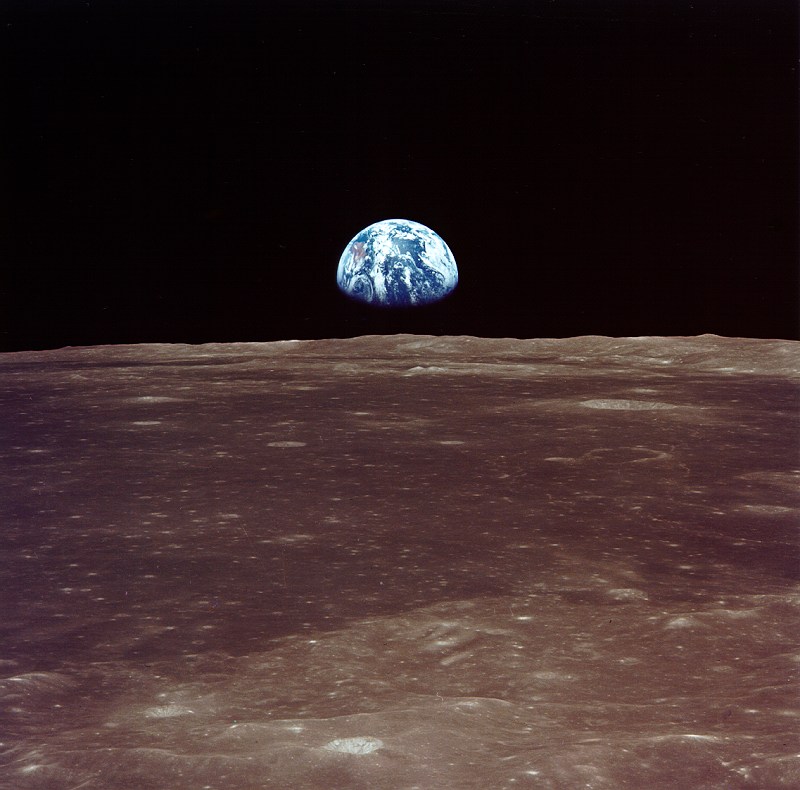
(Earthrise from lunar orbit. NASA image. Click to enlarge.)
Yesterday the White House released the new National Space Policy of the U.S.A., available in as a PDF file at the noted link.
On a quick read-through, I didn’t find anything to which I could strongly object. Even the much-anticipated (by the aerospace industry) relaxation of export restrictions did not come across as the drastic change that had been hyped. I might disagree with the conciliatory tone, which seems almost an apology for rather than an affirmation of the country’s efforts to lead the way in space, but that seems to be the norm for the current Administration.
I don’t know that I agree with the focus on an asteroid mission and then a Mars mission (i.e., a Mars orbital mission) to the exclusion of a return to the Moon, since the Moon would seem to be the logical base of operations for such excursions. But maybe that’s the point: to reach those other objectives assumes first establishing a presence on the Moon. I hope that’s it.







